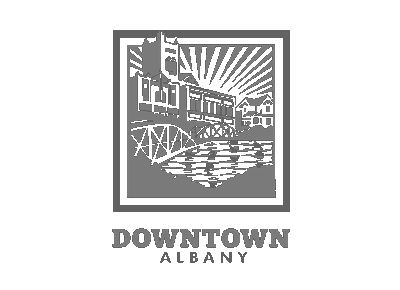Practical and cost-effective methods for reducing or eliminating the risk of flooding are available. Techniques include: elevation of the home; relocating the home to higher ground; constructing floodwalls or berms; flood-proofing the structure; having a licensed electrician protect utilities and electrical components; having a licensed plumber install backflow valves or plugs to prevent floodwaters from entering drains, toilets, and other sewer connections. A permit may be needed to ensure that projects do not cause flooding problems on other properties.
Don’t wait, mitigate
Retrofitting or elevating your home will protect your investment, reduce flood damage, and will likely save on flood insurance. See FEMA's Homeowner's Guide to Retrofitting: Six Ways to Protect Your House from Flooding.
Keep leaves and debris out of drains
Avoid flooding by regularly inspecting and cleaning your drainage system, and by properly disposing of leaves to keep them out of storm drains to prevent clogged storm drains. Learn more at Keep Your Storm Drain Clean.
How to protect your home from flood damage
If you live in the city limits and find that your property is located within a floodplain, Community Development staff can estimate the risk of flooding to your home; find ways to reduce or prevent flood damage to your property; make site visits to review flood, drainage and sewer problems; or provide tips on how to select a contractor. To speak with someone about these issues, please call 541-917-7550, or visit the Community Development customer counter, second floor of City Hall, 333 Broadalbin Street SW. Floodplain publications are also available for viewing in the reference section of the Main Library, located at 1390 Waverly Drive SE.
Useful Publications:
- Homeowner’s Guide to Retrofitting: Six Ways to Protect Your Home from Flooding
- How to Protect Your Home From Flood Damage
- Above the Flood: Elevating Your Floodprone House
- Protecting Manufactured Homes
- Protecting Building Utilities from Flood Damage
- Protecting Your Home and Property from Flood Damage
- Reducing Damage from Localized Flooding: A Guide for Communities
- FEMA NFIP Technical Bulletins


